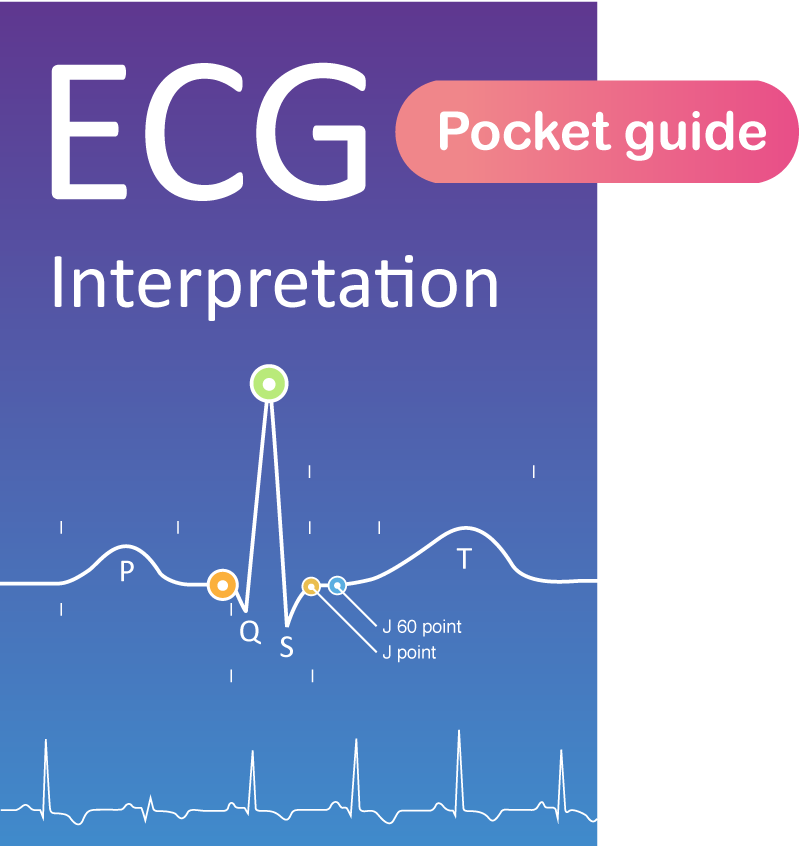Cardiomyopathy caused by tachycardia
A prolonged tachycardia can cause cardiomyopathy with left ventricular dilation. This type of cardiomyopathy, referred to as tachycardia-induced cardiomyopathy, can be caused by any tachyarrhythmia leading to prolonged periods of rapid ventricular rate (Table 1). Children and healthy adults may also develop tachycardia-induced cardiomyopathy (Gopinnathair et al). Long-term prognosis is excellent, with the vast majority of patients recovering completely after restoration of sinus rhythm (or any other rhythm with normal ventricular rate and activation). Recovery may, however, take several months.
Table 1. Arrhythmias causing tachycardia-induced cardiomyopathy
| SUPRAVENTRICULAR ARRHYTHMIAS |
| Atrial fibrillation |
| Atrial flutter |
| Atrial tachycardia |
| AV nodal reentrant tachycardia (AVNRT) |
| AV re-entrant tachycardia (AVRT) |
| Permanent junctional reciprocating tachycardia (PJRT) |
| Junctional Ectopic Tachycardia (JET) |
| VENTRICULAR ARRHYTHMIAS |
| Ventricular tachycardia |
| Fascicular tachycardia |
| FREQUENT ECTOPY |
| Premature ventricular contractions (PVC) |
| Premature atrial contractions (PAC) |
| PACEMAKER RELATED |
| Pacing with rapid ventricular response rate |
The incidence of tachycardia-induced cardiomyopathy is 8–10% among patients with atrial tachycardia (Medi et al, Ju et al). The corresponding figure in children is 28% (Kang et al). The incidence is 10–34% among patients with premature ventricular contractions and/or nonsustained ventricular tachycardia who are referred for electrophysiological evaluation (Hasdemir et al, Kawamura et al, Yokokawa et al).
Tachycardia-induced cardiomyopathy is presumably the main cause of left ventricular dysfunction among patients with atrial fibrillation and other supraventricular tachyarrhythmias. Moreover, ventricular tachyarrhythmias (including recurrent episodes of ventricular tachycardia) can also cause this cardiomyopathy.
The duration of the tachyarrhythmia appears to be a stronger risk factor than the ventricular rate. The longer the duration of the tachyarrhythmia, the greater the risk of cardiomyopathy.
Pathophysiology
Prolonged tachyarrhythmias lead to the following hemodynamic effects:
- Tachyarrhythmia results in reduced preload, diminished stroke volume, and subsequently lower blood pressure and reduced organ perfusion.
- Left ventricular dilation occurs with ensuing decline in left ventricular ejection fraction (LVEF). This is accompanied by myocardial remodeling.
- The remodeling is accompanied by diminishing myocardial contractile function.
- Central venous pressure, pulmonary capillary wedge pressure and systemic vascular resistance increases.
- Harmful neurohormonal pathways are activated, similar to those seen in heart failure.
A thorough review on the pathophysiology of tachycardia-induced cardiomyopathy is provided by Gopinnathair et al.
All tachyarrhythmias can cause cardiomyopathy. This also applies to frequent premature ventricular contractions (PVC). As a rule, >20000 PVCs/day is required to cause cardiomyopathy.
Management is aimed at restoring normal rhythm. If restoration of sinus rhythm is not possible, attempts must be made to normalize ventricular rate and activation. Elimination of the tachyarrhythmia generally resolves the symptoms and reverses left ventricular dysfunction and dilation. The prognosis is excellent, with the majority of patients recovering fully.

